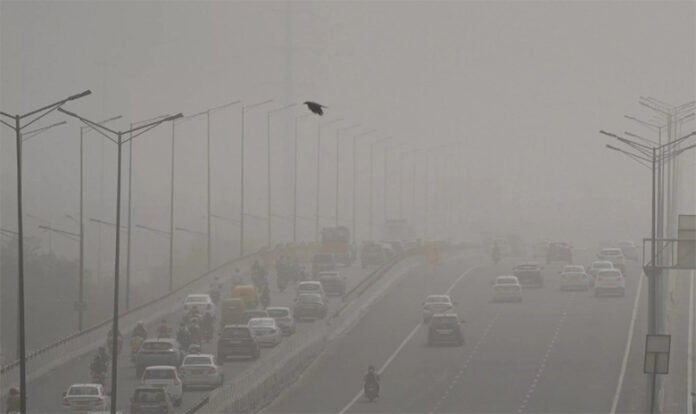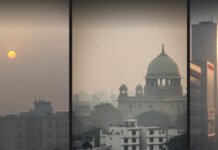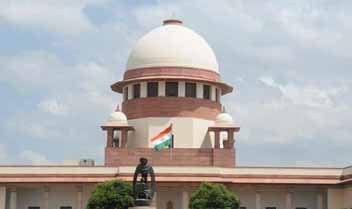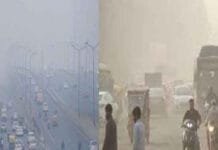Toxic Air Engulfs the Capital
Delhi-NCR woke up under a thick gray haze on Thursday as the Air Quality Index (AQI) crossed the 480 mark, placing the region firmly in the ‘Severe+’ category. The situation, experts warn, is comparable to “smoking 25 cigarettes a day” for residents breathing the city’s air.
The toxic blanket has prompted emergency measures under Stage IV of the Graded Response Action Plan (GRAP) — including curbs on construction activities, ban on diesel vehicles, and closure of schools in several districts.
Health Advisory: Masks and Indoor Precautions Urged
The Commission for Air Quality Management (CAQM) has issued a public advisory urging citizens to minimize outdoor exposure, particularly for children, elderly, and people with respiratory or heart conditions.
Doctors from AIIMS and Safdarjung Hospital have reported a surge in patients complaining of breathing difficulties, sore throats, and eye irritation.
“Prolonged exposure can trigger asthma, bronchitis, and long-term cardiovascular issues,” warned Dr. Randeep Guleria, former AIIMS Director.
Residents have been advised to wear N95 masks, use air purifiers, and avoid early morning walks or outdoor exercise.
What’s Behind the Smog Spike
Meteorological experts attribute the current pollution spike to a mix of stubble burning, low wind speed, and festive-season emissions. NASA’s satellite imagery has shown a sharp rise in farm fires across Punjab and Haryana, coinciding with calm wind patterns trapping pollutants over the Indo-Gangetic plains.
According to the System of Air Quality and Weather Forecasting and Research (SAFAR), the concentration of PM2.5 particles — the most harmful pollutant — has surged to over 300 µg/m³, nearly six times above safe limits.
Public Transport and Schools Affected
Several schools across Delhi, Noida, and Gurugram have shifted to online classes. Government and private offices have been advised to implement work-from-home (WFH) policies wherever possible.
The Delhi government is also expanding CNG bus services and urging citizens to carpool or use the Metro to curb vehicular emissions.
“This is not just an environmental issue — it’s a public health emergency,” said Delhi Environment Minister Gopal Rai, announcing intensified enforcement of GRAP measures.
Relief Expected Next Week?
The India Meteorological Department (IMD) predicts slight improvement in air quality from Sunday, as western disturbances could bring stronger winds, helping disperse pollutants. However, conditions are expected to remain ‘very poor’ to ‘severe’ until then.
Environmental activists have called for long-term structural reforms — including sustainable farming practices, electric vehicle adoption, and industrial emission controls — to prevent annual pollution crises.
Delhi’s Residents Speak Out
Social media is flooded with distress posts tagged #DelhiAirEmergency and #RightToCleanAir, as citizens share photos of smog-laden skylines and air purifier readings.
“The city looks like a gas chamber again,” wrote one user on X (formerly Twitter), echoing the frustration of millions.
Excerpt for social media:
🌫️ Delhi-NCR Chokes Again: AQI breaches 480 as toxic smog blankets the city. Schools shut, GRAP Stage IV enforced, and experts urge masks and reduced outdoor exposure. #DelhiPollution #AQI















